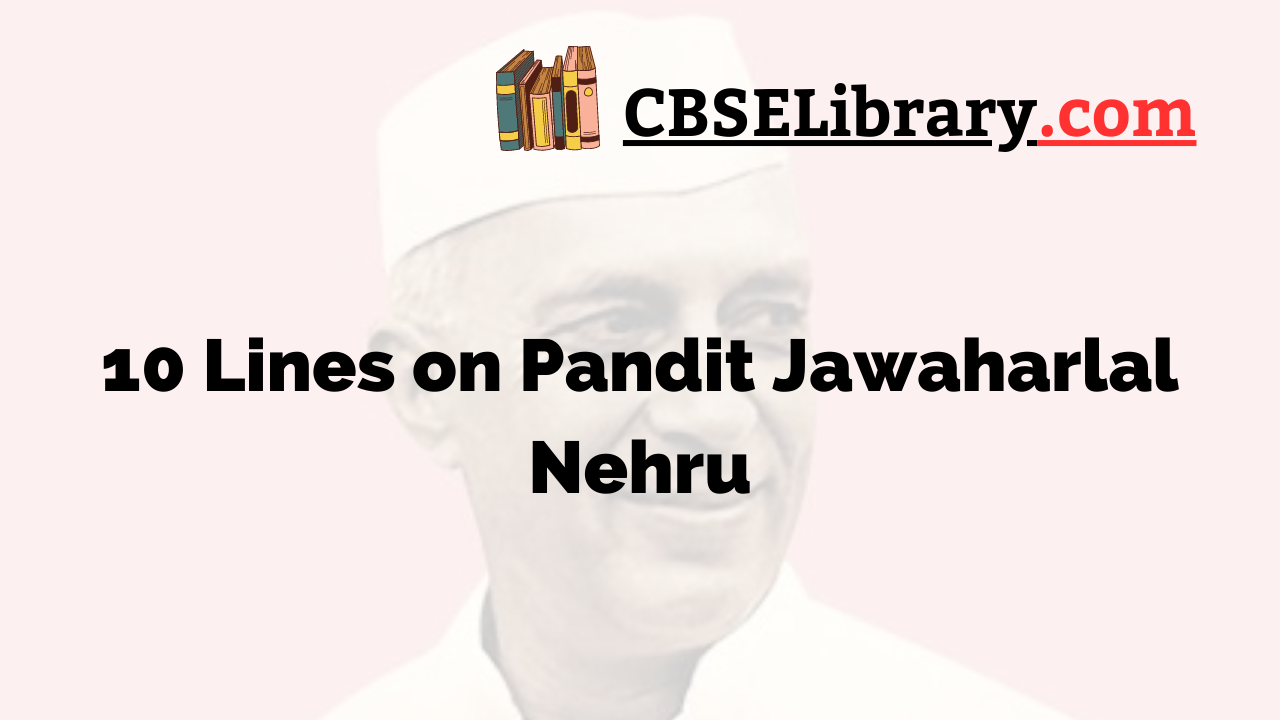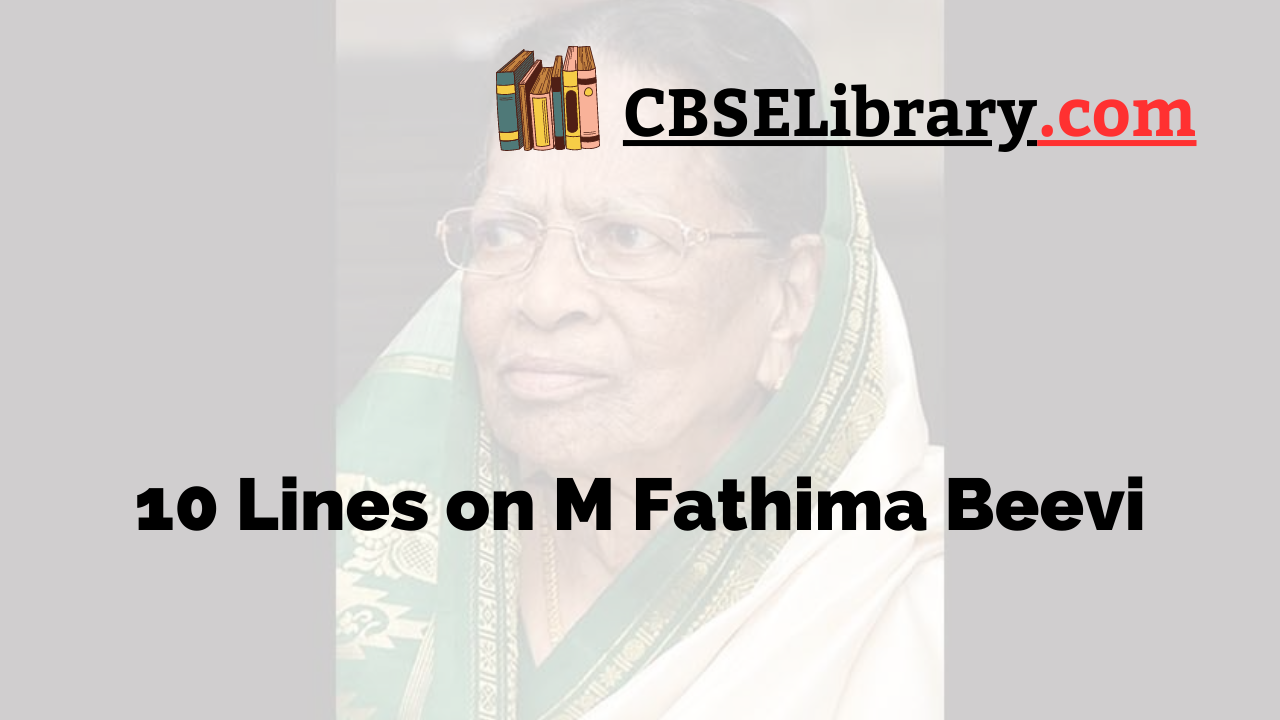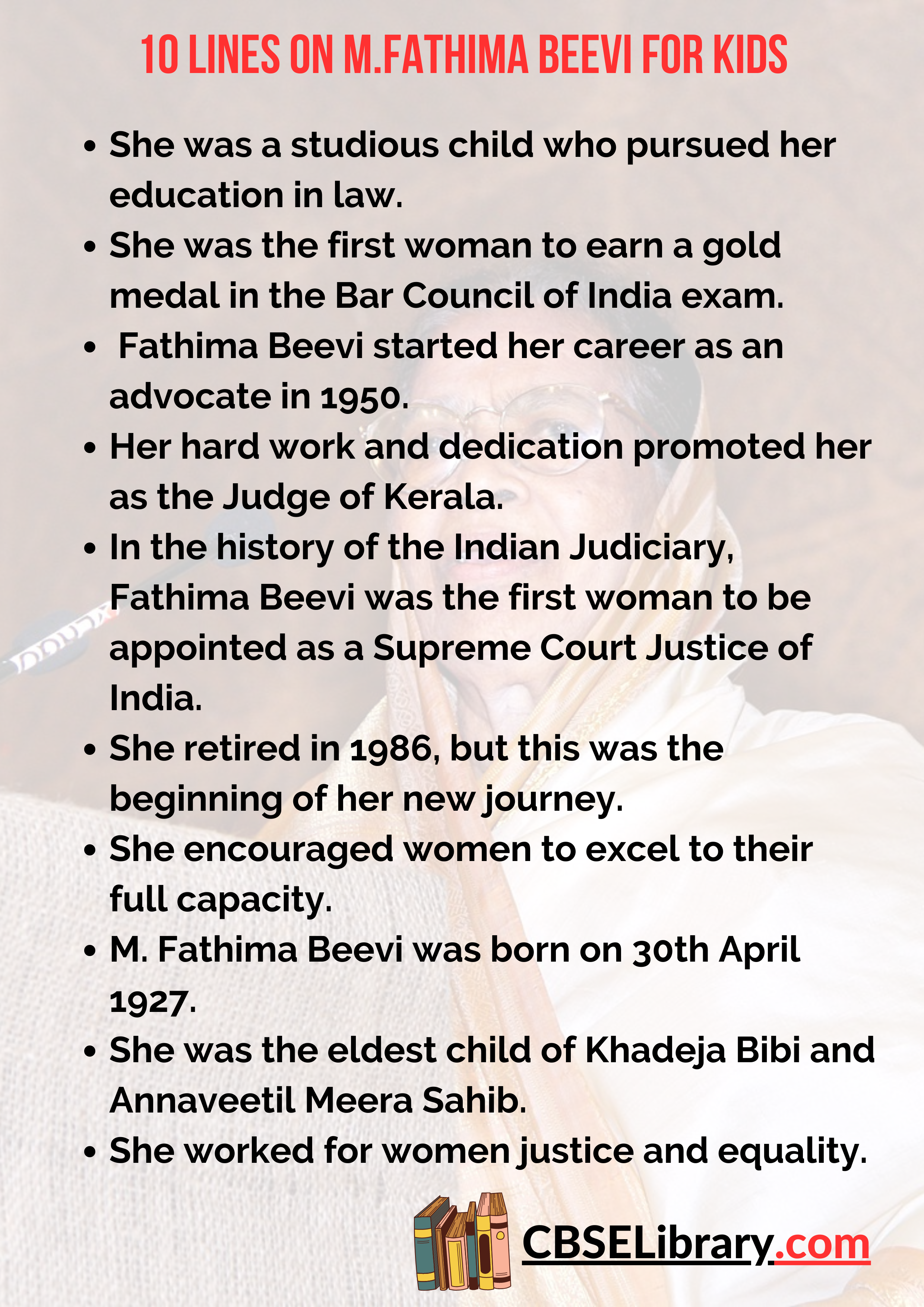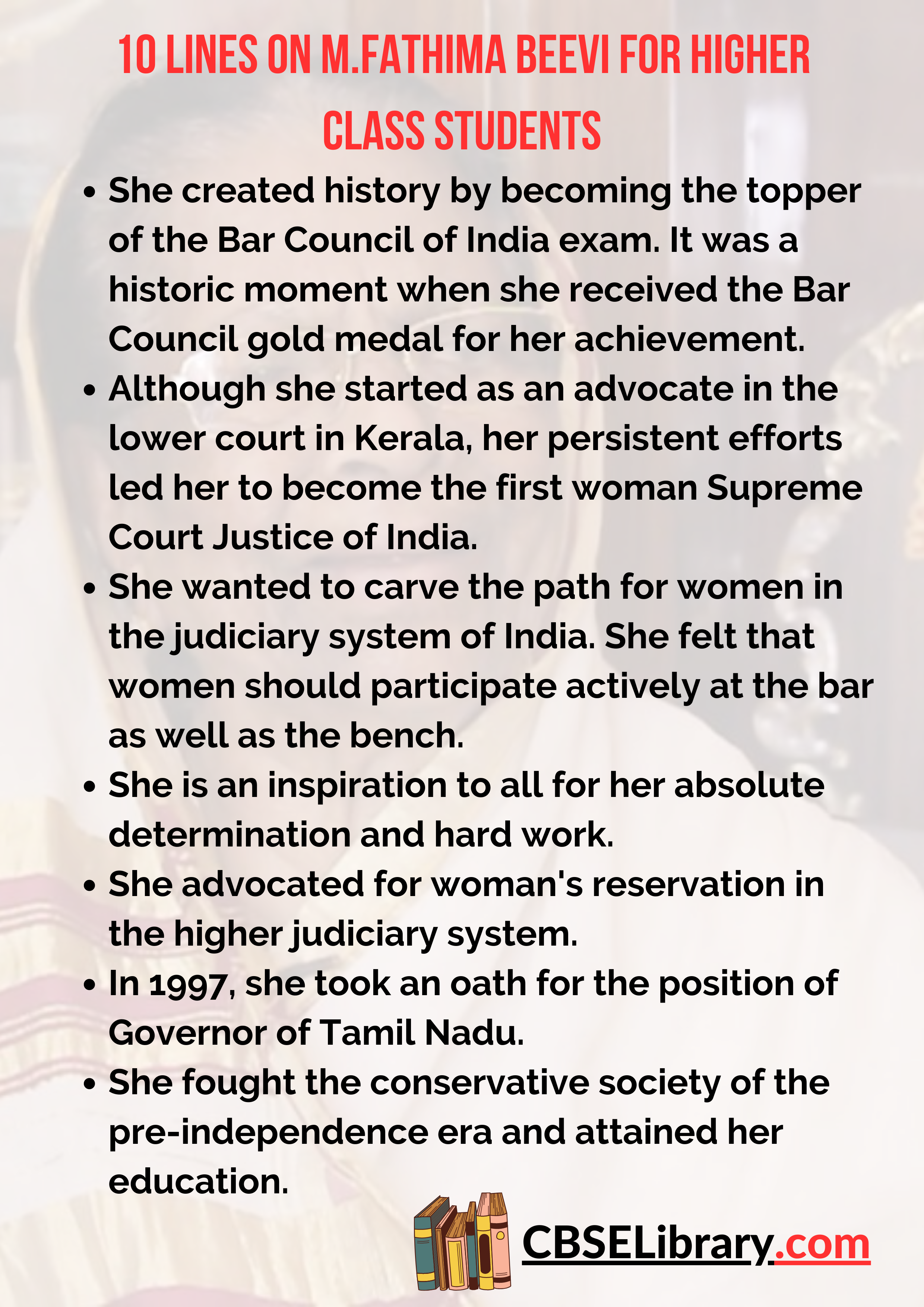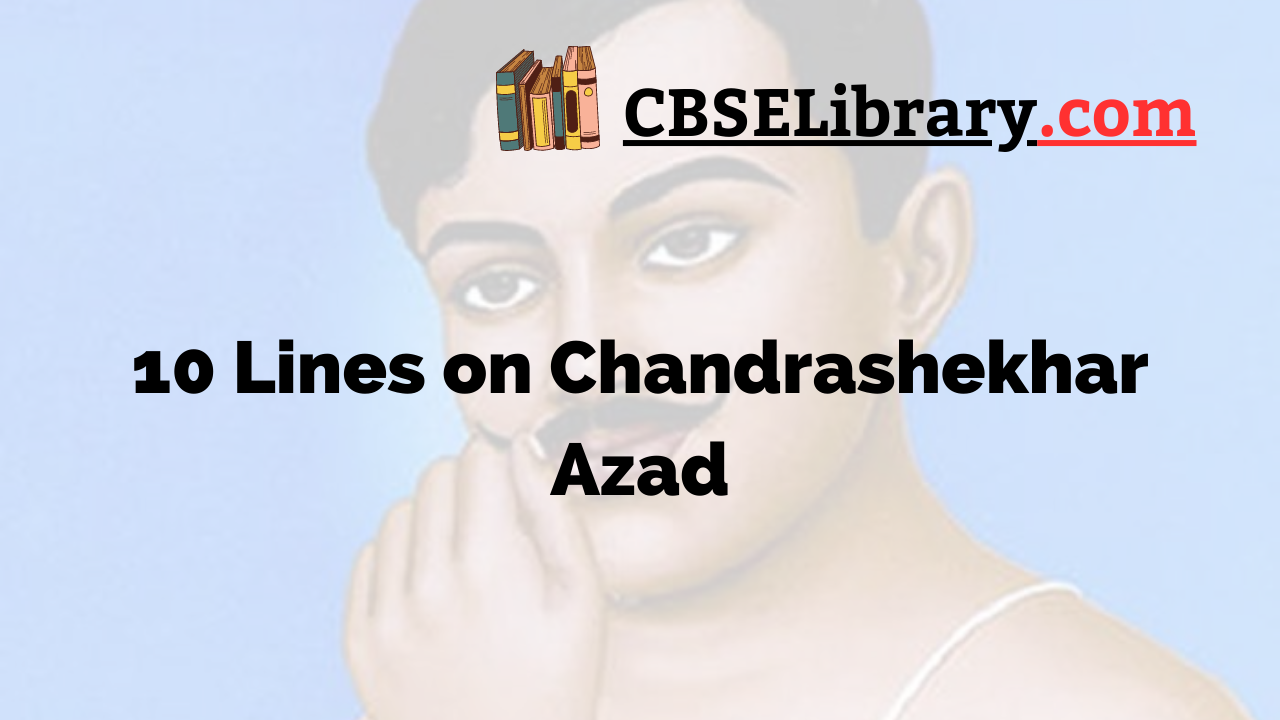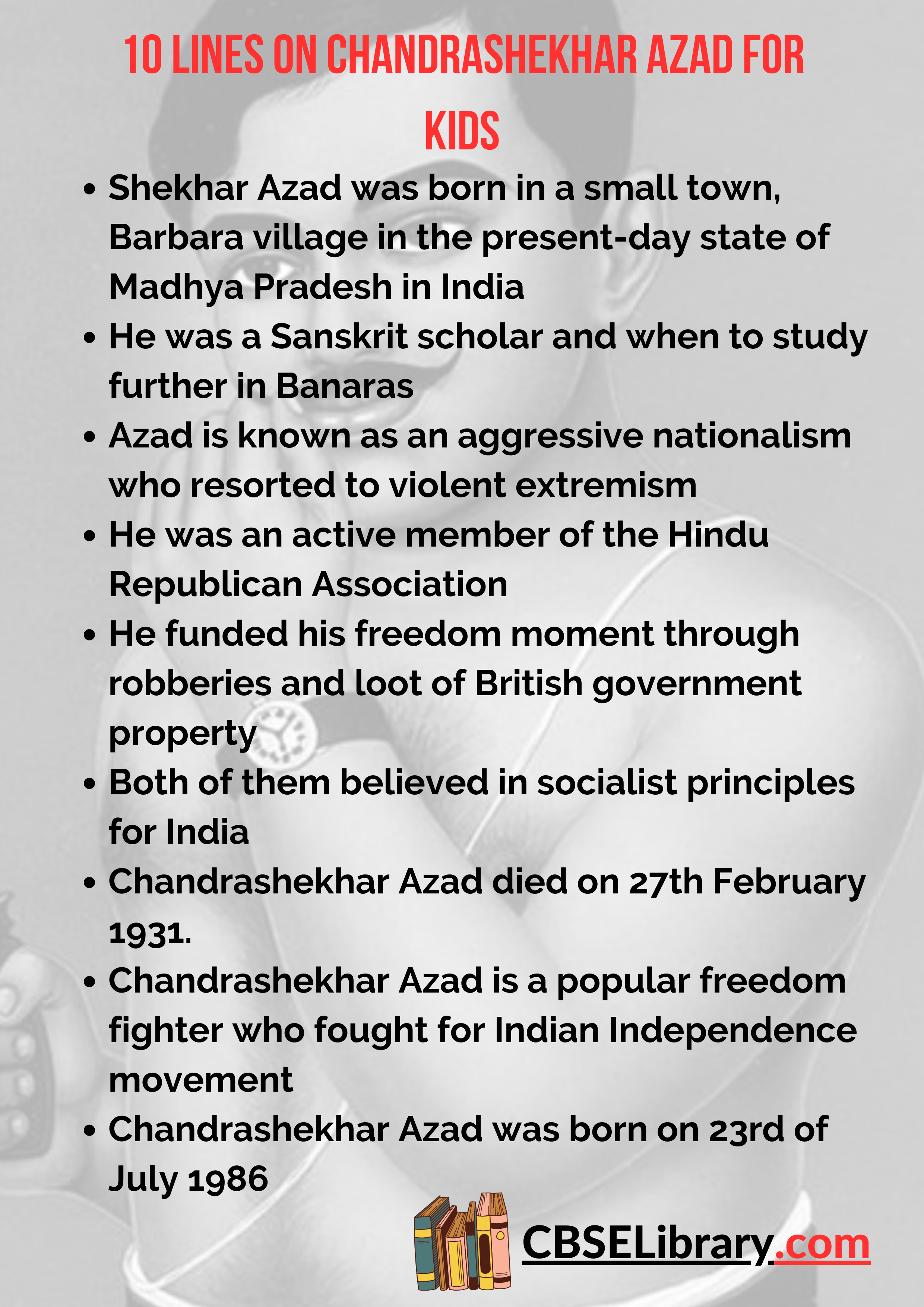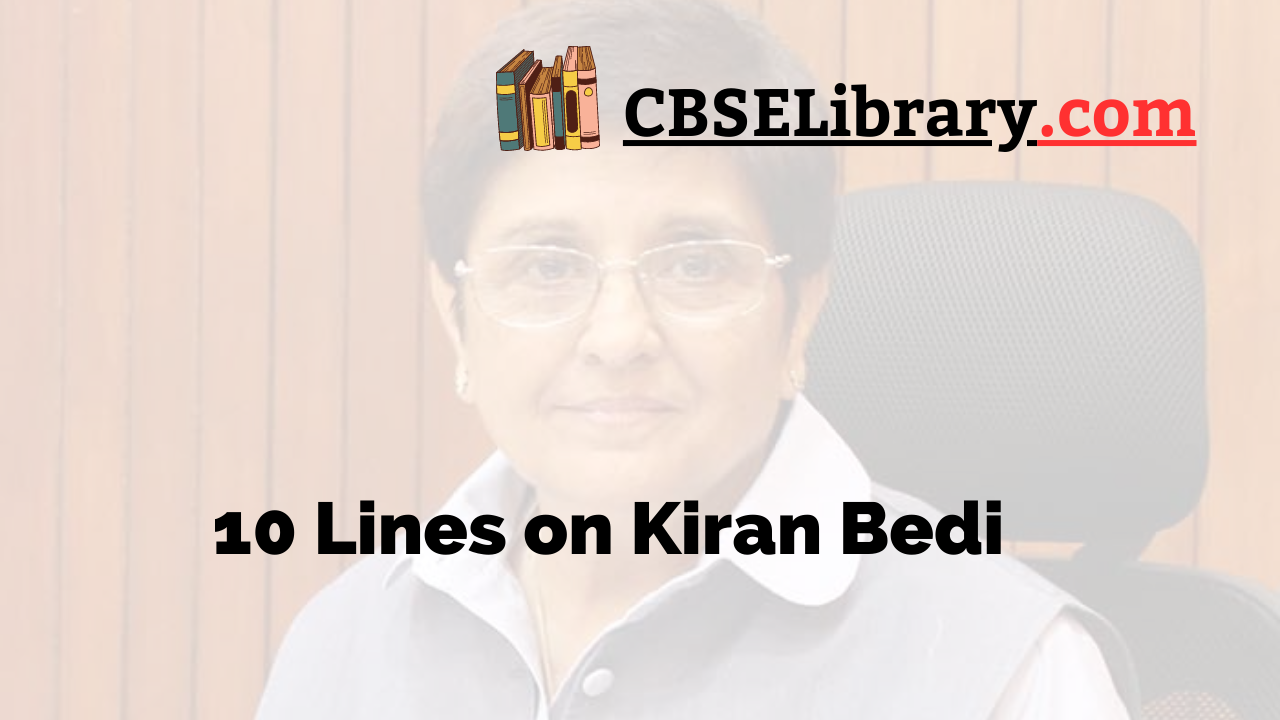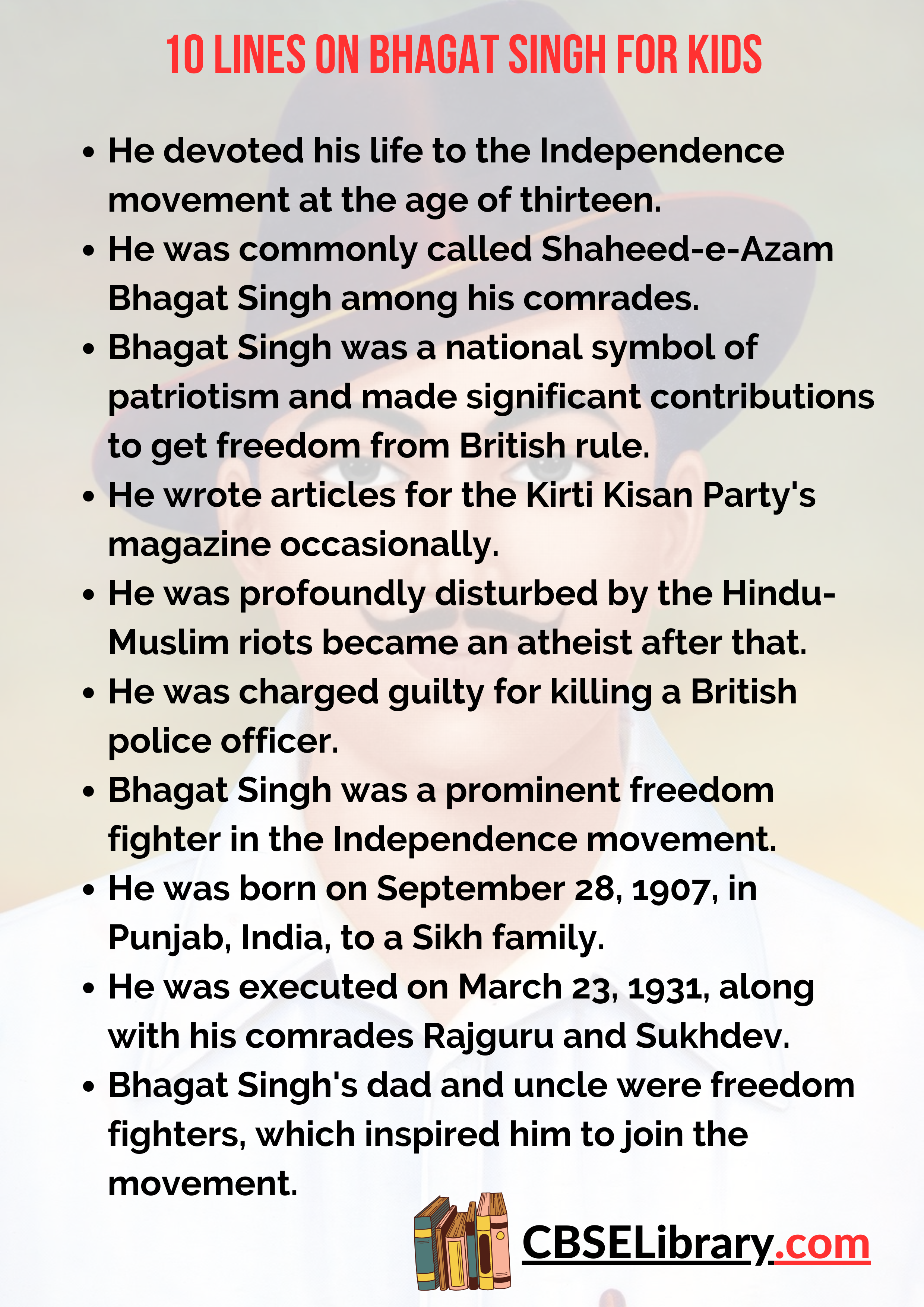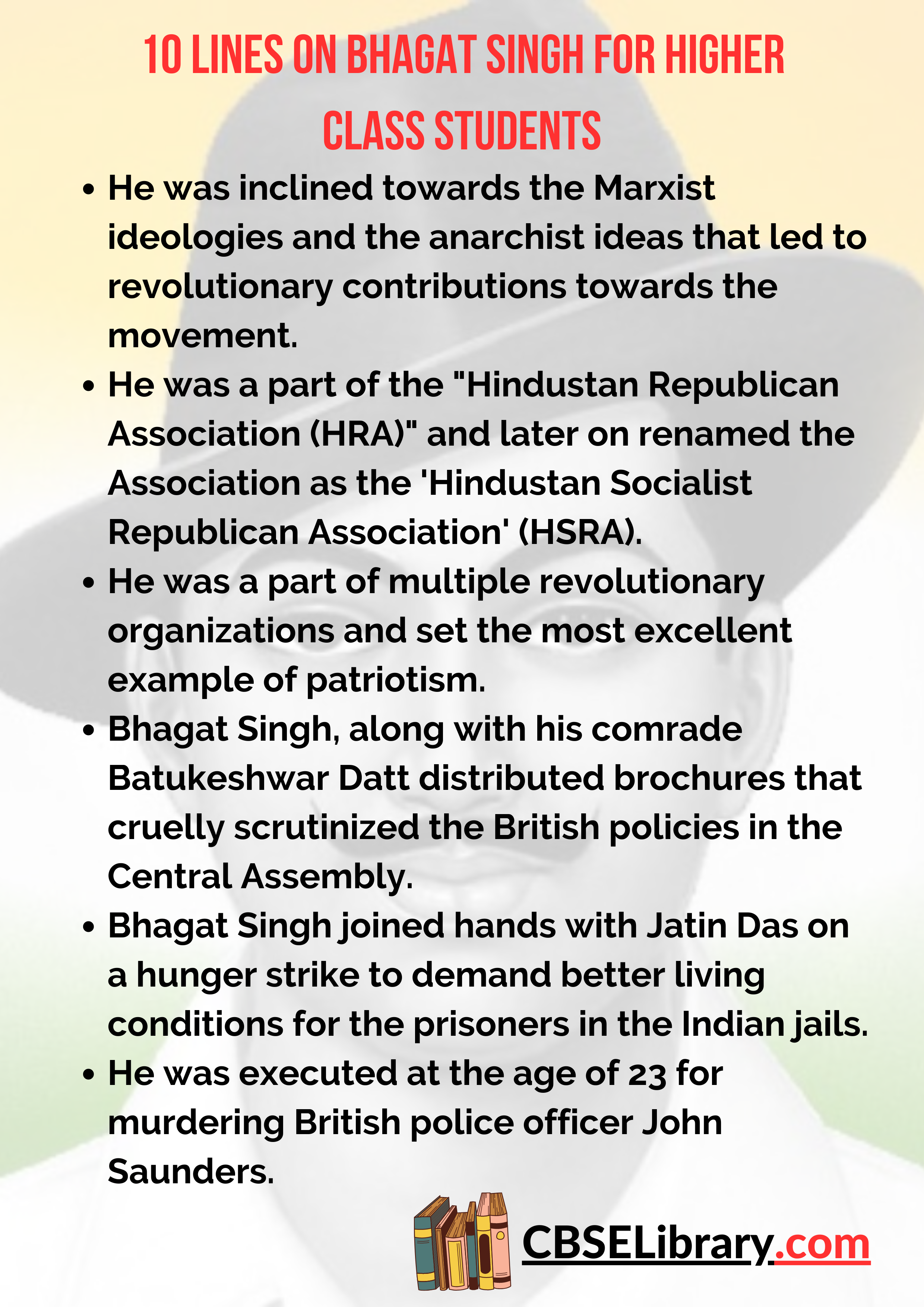10 Lines on Pandit Jawaharlal Nehru: Almost everyone knows about Pandit Jawaharlal Nehru. He has served Indian Independence. Nehru’s father’s name was Motilal Nehru, a famous lawyer. In this article, you can see ten lines on Pandit Jawaharlal Nehru.
You can read more 10 Lines about articles, events, people, sports, technology many more.
Set 1 – 10 Lines on Pandit Jawaharlal Nehru for Kids
Set 1 is helpful for students of Classes 1, 2, 3, 4 and 5.
- Pandit Jawaharlal Nehru was born on the 14th of November 1889.
- Pandit Jawaharlal Nehru belonged to a community of Kashmiri Pandits.
- He was an eminent personality of Indian freedom struggle.
- Nehru had completed graduation from Trinity College in Cambridge in the year 1910.
- Nehru practiced Law from the Inner Temple, London.
- Jawaharlal Nehru had married Kamla Kaul Nehru on the 8th of February, 1916.
- Pandit Jawaharlal Nehru was a part of Annie Besant’s Home Rule League in 1916.
- Nehru remained loyal to Gandhiji even after the later called off the non-cooperation movement.
- Nehru was the first to joist India tricolor in the year 1929. It demands Independence for India.
- Nehru worked from the 15th of August 1947 till the 27th of May 1964 continuously as a Prime Minister.
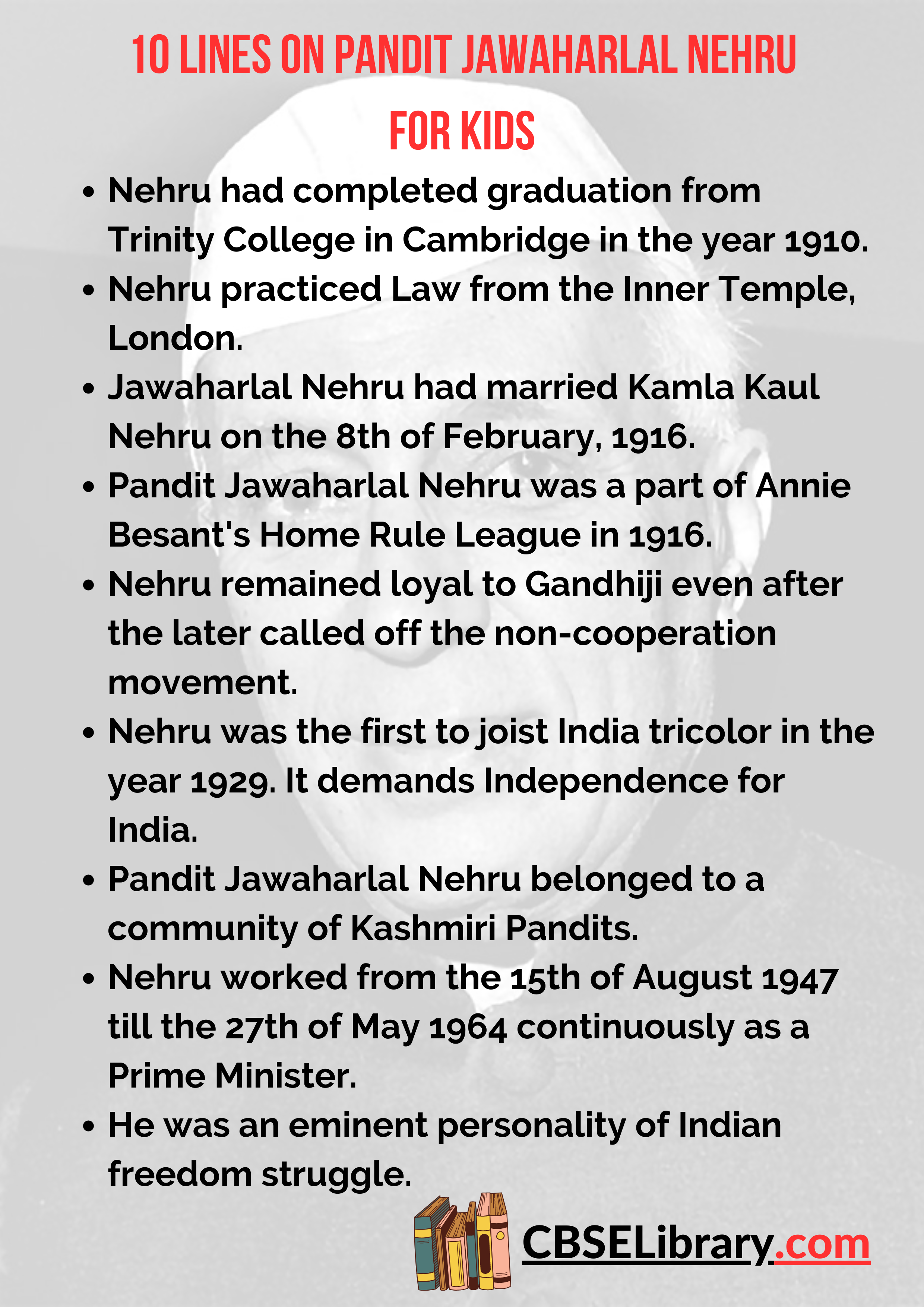
Set 2 – 10 Lines on Pandit Jawaharlal Nehru for School Students
Set 2 is helpful for students of Classes 6, 7 and 8.
- Pandit Jawaharlal Nehru was fond of the environment. Thus, he visits the Himalayas very often
- Nehru is popularly known as Pandit Nehru
- Nehru is famous among the children as ‘Chacha’. He was born in Allahabad on the 14th of November 1889. His mother’s name was Swaroop Rani.
- After Indian Independence, he reformed social, domestic, economic, and foreign policies.
- Nehru used to respond personally with a greeting note to each of the birthday greetings received from children.
- Nehru was the President of the non-alignment movement.
- Jawaharlal Nehru was one of the .great personalities in India
- Nehru became Prime Minister in India for three consecutive times.
- Nehru died on the 26th of May due to a heart attack.
- On Nehru’s birthday, he will be remembered for his contribution to Indian freedom and celebrated as Children’s Day.
Set 3 – 10 Lines on Pandit Jawaharlal Nehru for Higher Class Students
Set 3 is helpful for students of Classes 9, 10, 11, 12
- Pandit Jawaharlal Nehru’s father had been twice the President of Indian Congress.
- Nehru mainly focused on improving science and technology. He also upgraded the status of women in the country.
- Nehru got Bharat Ratna in 1955. It is because of his contributions to India’s freedom.
- Nehru loved children very much; thus, children knew him as ‘Chacha Nehru’.
- On the 14th of November, his birthday is celebrated as Children’s Day.
- Nehru’s early education took place at home. Then again, he went to England to continue his higher studies.
- Nehru’s father’s name was Motilal Nehru, a famous lawyer and Mother’s name was Swaroop Rani.
- On his return to India, Nehru practiced lawyer and became one of the best lawyers.
- Nehru jumped into India’s Freedom Movement, seeing the fight of India. Due to this Freedom Movement, Nehru had gone to jail.
- Nehru always followed Gandhi’s philosophies and principles throughout his life.
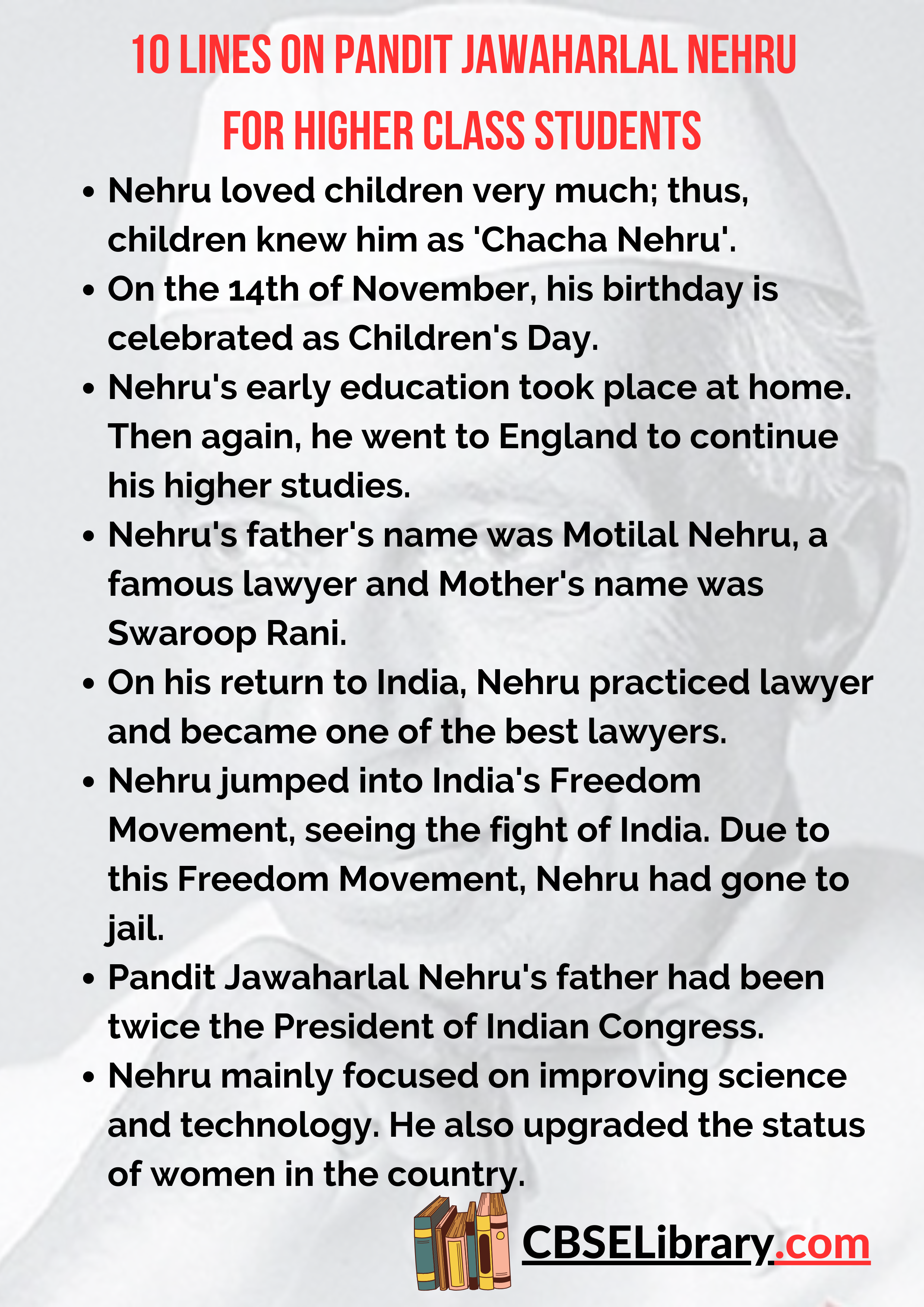
Set 4 – 10 Lines on Pandit Jawaharlal Nehru for Competitive Exams
Set 4 is helpful for students of Competitive Exams.
- Jawaharlal Nehru was an eminent leader of the Indian Independence struggle.
- Nehru became the congress president in the year 1929.
- He wrote ‘Discovery of India’ during his imprisonment in 1942- 46.
- Nehru became the first PM of India after Independence.
- His inaugural speech, ‘Tryst With Destiny’ is very famous.
- He had served the Indian office from 1947 to 1964 as the first PM.
- Children’s Day is the birth anniversary of Pandit Jawaharlal Nehru.
- He was actively engaged in politics before and after the Indian Independence.
- He died on the 27th of May 1964 due to a heart attack.
- ‘Shanti Van’ in New Delhi is his resting place.
FAQ’s on 10 Lines on Pandit Jawaharlal Nehru
Question 1.
What is the speech of Jawaharlal Nehru that is famous?
Answer:
Nehru’s speech was ‘Tryst With Destiny’. He delivered his speech to the Indian Constituent Assembly in the Parliament on the eve of Indian Independence.
Question 2.
What is the cause of Nehru’s death?
Answer:
The cause of the death of Pandit Jawaharlal Nehru was a heart attack.
Question 3.
Who gave Chacha title to the Jawaharlal Nehru?
Answer:
It is believed that Mahatma Gandhi gave Chacha title to Nehru. Chacha means the younger brother of the father.
Question 4.
At what age did Nehru die?
Answer:
Nehru died at the age of 74.
